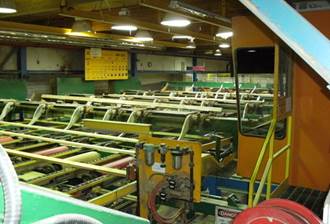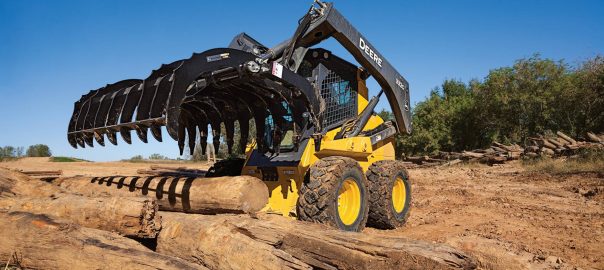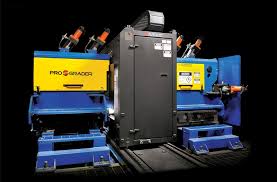If not for urban trees, energy used for heating and cooling homes in the United States would be more than 7 percent higher. New research by USDA Forest Service scientists and partners found that urban/community forests save approximately $7.8 billion annually in reduced energy costs associated heating and cooling residential buildings.
Lead author David Nowak of the USDA Forest Service’s Northern Research Station and co-authors estimated that in the conterminous United States, urban/community forests reduce electricity use by 38.8 megawatt hours (MWh) and heating needs by 246 million British Thermal Units (MMBtus). The reduction in power use generates an additional value of $3.9 billion annually through reduced emissions of various pollutants from power plants. Tree cover in urban/community areas in the United States is estimated at 35.1 percent and varies from 9.6 percent in Nevada to 67.4 percent in Connecticut. How this tree cover is oriented around buildings affects building energy use.
The study, “Residential building energy conservation and avoided power plant emissions by urban and community trees in the United States,” was recently published in the journal Urban Forestry and Urban Greening and is available at: https://www.nrs.fs.fed.us/pubs/53420
“With more than 80 percent of Americans living in urban area, this research underscores how essential urban forests are to people across the nation,” said Tony Ferguson, Director of the Forest Service’s Northern Research Station and the Forest Products Laboratory. “Forest Service science is contributing to communities valuing and managing the 138 million acres of trees and forests that grace the nation’s cities, towns and communities.”
The states with greatest energy cost savings were Florida ($643 million), Texas ($601 million), and California ($410 million). States with the lowest energy cost savings were North Dakota ($13.3 million), Wyoming ($14.2 million) and Vermont ($18.2 million). Focusing just on the more densely populated urban areas, which occupy 3.6 percent of the conterminous U.S. (not urban/community, which occupies 6.4% of conterminous U.S. land), total annual energy savings would drop to $4.7 billion and avoided emissions to $2.3 billion. Average value of energy savings per hectare of tree cover in U.S. urban/community areas is $455 per year, plus $228 per year from avoided emissions.
“Urban forests are investments for cities and homeowners that can directly reduce costs in urban areas and save homeowners money,” said Nowak. “This study provides state and national estimates on reduced energy use due to trees to help give decision-makers a better understanding of the benefits of trees and their value to communities.”
Co-authors include Alexis Ellis of the Davey Institute, Nathaniel Appleton, and Northern Research Station forester Eric Greenfield.
The U.S. Forest Service is an agency of the U.S. Department of Agriculture, a mission of sustaining the health, diversity and productivity of the nation’s forests and grasslands to meet the needs of present and future generations. The mission of the Forest Service’s Northern Research Station is to improve people’s lives and help sustain the natural resources in the Northeast and Midwest through leading-edge science and effective information delivery.
The U.S. Forest Service manages 193 million acres of public land, provides assistance to state and private landowners, and maintains the largest forestry research organization in the world. Public lands the Forest Service manages contribute more than $13 billion to the economy each year through visitor spending alone. Those same lands provide 20 percent of the nation’s clean water supply, a value estimated at $7.2 billion per year. The agency has either a direct or indirect role in stewardship of about 80 percent of the 850 million forested acres within the U.S., of which 100 million acres are urban forests where most Americans live. For more information, visit www.fs.usda.gov/.










